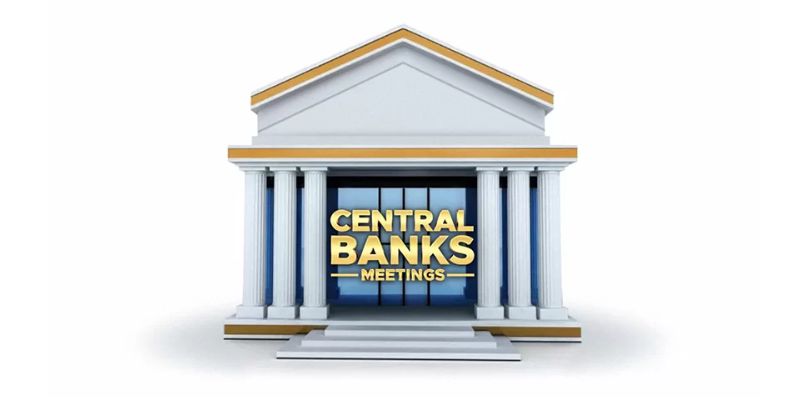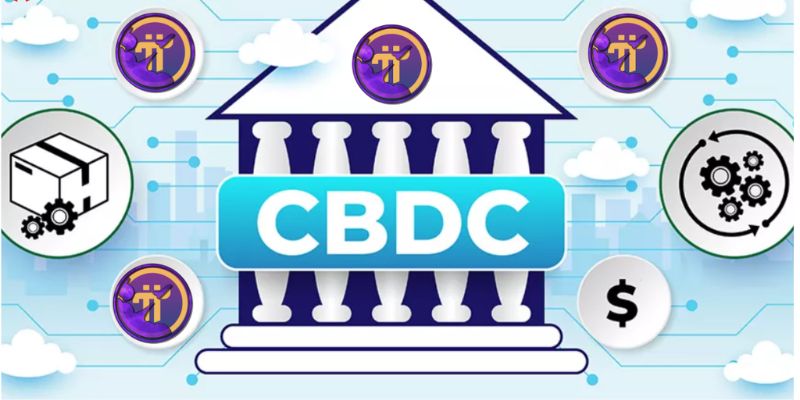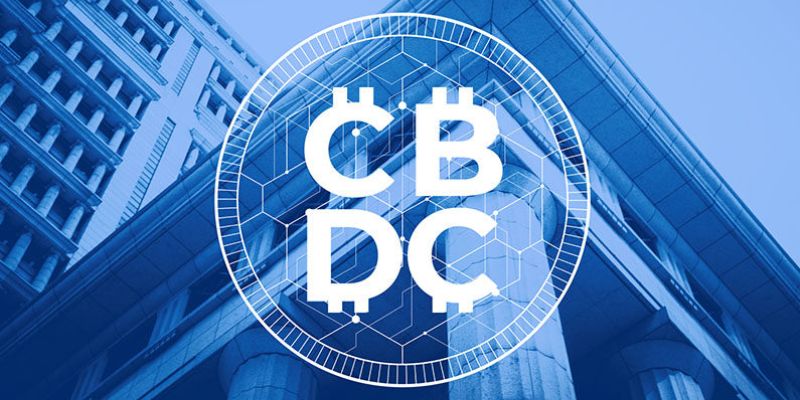Central Bank Independence: It’s like the strong spine of our economy—we need it straight and robust. With the power to control money flow, banks can make or break our economic health. They work best when they stand apart from daily politics. This shield from short-term pressures lets them aim for long-term goals: stable prices and strong markets. In this dive deep, we’ll look at the pillars that keep banks steady and free, how they tweak interest rates to keep our economic heart beating, and the tightrope walk of being free yet accountable. Get ready; we’re tearing down the complex curtain that hides the truth about how free our banks really are.
The Pillars of Central Bank Independence
The Role of Legal Framework
A central bank needs strong rules. Its legal framework sets it apart. This law aims to shield the bank from outside forces. It lets the bank focus on its main goal: economic stability. Good laws help central banks keep prices stable. They give clear plans for banks to manage money in the nation. Sturdy laws mean making tough choices without fear. We trust these banks more when they stick to the rules. This trust makes our money worth more.
The legal framework is key for central bank autonomy. It dictates how the bank operates. If laws are weak, political leaders might meddle. They can’t sway the bank’s choices when the laws are strict. This stops rash moves that can hurt our economy. This boundary is vital. It backs the bank’s freedom to make money choices. When laws are firm, the bank can battle inflation better. It can also look out for long-term growth. These moves can keep our money safe and help everyone’s wealth grow.
Central Bank Autonomy amid Political Dynamics
Central bank autonomy is when the bank works alone. It’s not tied to politics. When banks can decide without political push, they do better. Their choices aim to keep our economy strong. This freedom is priceless. Banks can make smart moves like setting fair interest rates. They also stop prices from flying high too fast. When banks are free, they show they can steer the economy well.
Central banks face steady heat from politics. Leaders want quick fixes like low rates and easy money. But these can lead to bad inflation if overdone. Bank autonomy keeps choices based on facts, not just what’s popular. It pushes back against moments of political rush. This makes the bank’s money plans more believable. It’s tough for banks to keep clear from politics. But it’s a fight worth having for all of us.
Political pressure can block a bank’s freedom. It sneaks in as heavy hints from leaders. It can turn to full-on demands. But when banks hold their ground, they protect us all. Banks prove their strength in hard times. They can lend money when no one else will. They must have space to make these calls. Politics must not manage the bank’s choices. The bank’s choice to act solo can calm fears during a crisis. It can also boost faith in our money and banks.
With each choice, central banks guide the health of our money. They must be free to act for the country’s good. They become the brave heart of our economy. They stand tall and steer us clear from danger. Where politics and money meet, central banks make waves. But their unyielding stance is a beacon of hope. It says to the world, “Our economy stands firm.” The role of central banks is not simple. But it sure is mighty. And at the core of this power lies the drive for autonomy.

The Impact of Monetary Policy Independence on Economic Stability
Controlling Inflation and Promoting Growth
In the world of money, few things matter like keeping prices stable. Central bank autonomy means a central bank can act without folks telling it what to do. This lets it target inflation without outside noise. In plain terms, when prices rise too fast, life gets tough. But when central banks focus on this, they can keep the wild rise in check. They hike up rates, and this can slow down price hikes.
This matters for all of us. It means you can plan with more trust in the value of your money. Businesses can invest, knowing things won’t cost a ton more tomorrow. Workers like it too, as their wages buy what they need. Mixing control of inflation with ways to support growth ain’t easy. But it’s key for a happy economy.
Having this freedom to act is big for a central bank. It’s like being the captain of a ship in stormy seas. You need to steer clear from rocks and waves. For the central bank, that’s keeping prices in check while helping the economy grow.
The Influence of Central Bank Decisions on Interest Rates
Interest rates are the price of borrowing money. Imagine you want a loan to buy a bike. If interest rates are high, that bike costs more over time. Central banks set these rates, sort of like setting the mood at a party. They can turn the music up to get people dancing or down to cool things off. If the economy is too slow, they may cut rates so folks borrow and spend more. If it’s too fast, they may hike rates to chill things out.
Central banking is more than a money thing. It’s about making sure that the economy keeps beating steady. Every move they make can change how much things cost and how much cash we all have to play with.
But if the government sticks its nose in, things can get messy. They might want to keep things easy to win votes. This can cause problems, like prices going wild. That’s why central banks need their own space to make calls without others butting in.
Policy-making freedom is huge. It means central banks can do the right thing, even when it’s not the easy thing. This freedom keeps the economy fit and heart beating strong. It’s like being able to run fast without tripping on a leash. It’s good for everyone who uses money—so, yeah, that’s all of us.
Interest rates touch all we do—from the savings we hold, to the loans we take, right down to that cup of coffee we buy. Having a central bank that’s free to move these rates as needed is a power move. It shows they aren’t pushed around by the winds of politics. It means they’re all about keeping that pulse of the economy—our shared purse—safe and sound.

Balancing Autonomy with Accountability in Monetary Policymaking
The Benefits and Risks to Central Bank Independence
Central banks need freedom to work well. This means they can pick actions that help the whole economy. Being apart from politics helps them make tough choices. These choices might not be popular, but they can stop things from getting out of hand, like high prices going up too fast.
When a central bank is on its own, it has the space to target inflation. Controlling inflation keeps prices stable. It helps people and companies make plans for the future. But if a central bank gets too free, and has no checks, it might not do what’s best for everyone. It could make mistakes without someone stepping in to fix them.
The bank must report on what it does. People need to trust it. Trust comes from showing the bank does its job well. It must stop prices from shooting up or dropping a lot. And it must be clear about what it does. This stops big shocks in the market.
Sometimes, government leaders may want the bank to do things that help them win votes. This can be bad for the economy later. For example, they might want to lower interest rates to make people happy. But this can cause prices to rise too fast later on.
Central Bank Transparency and Decision-Making Processes
It’s key for central banks to tell us how they make choices. This openness is called transparency. When banks are clear, it helps everyone understand their moves. It also helps markets stay calm.
The bank’s leaders, called Central Bank Governors, guide its path. They decide on things like where interest rates go to keep the economy steady. They use information from the past and what’s happening now to make choices.
For the bank to do well, its rules need to be strong. These rules are called central bank statutes. They protect the bank’s freedom to make choices. They also put in place systems so the bank can show it works for the public good.
To make sure the bank stays on track, there are rules around what it can do. It has to tell the government and the public about its plans. This is part of being accountable. If it has to answer for what it does, it works better.
We can’t forget about fiscal policy, too. This is how the government spends and collects money. Both the central bank and the government must work together. They should not try to control each other too much. This teamwork is key to make our economy grow.
Central banking is not easy. The bank must watch over many things to keep our economy stable. It must stand firm but also work well with others. By doing this, it keeps its power to make smart choices and helps everyone in the long run.

Maintaining Macroeconomic Objectives in the Face of Global Challenges
The Lender of Last Resort and Financial Crisis Management
Central banks play hero in tough times. They’re the last to help when banks falter. We call them the lender of last resort. A bank may hit a rough patch. When it does, the central bank steps in with money to save the day. This avoids panic and keeps cash flowing.
Now, how do central banks help during a crisis? They have a big tool kit. They use short-term loans to banks. They buy government bonds. These actions pump money into the system. This helps banks keep lending to you and me. It can stop a small problem from growing.
Take the global crisis in 2008. Central banks around the world lowered rates. They lent out huge sums. Their goal was to make money easy to get. This was to bring back trust and get the economy going. It worked, but it was not a small move.
After a crisis, central banks keep watch. They make sure banks are strong. They check that banks can lend safely. This is key for an economy to heal. It’s like making sure the walls are strong after an earthquake.
Central Banks and the Management of Currency and Price Stability
Every day, prices can change like the wind. Central banks aim to stop wild swings. They want slow, steady price changes. This helps everyone plan better. Families can budget. Businesses can set prices. It makes sure money keeps its value over time.
So, how do central banks keep prices stable? They use policies to control inflation. The goal is to keep prices rising just a bit each year. Too fast and your money buys less. Too slow and people stop spending.
Central banks change interest rates to do this. When prices rise too fast, they increase rates. This slows down spending and borrowing. When prices crawl, they cut rates. This boosts spending and helps the economy.
Central banks also hold money from other countries. This is the foreign exchange reserves. They use this to keep the value of their own money steady. It’s a tough job, but it keeps trade fair.
Currency stability is huge. It asks for a steady hand and a clear head. Without it, money could be all over the place. This would scare people and harm trade. We count on central banks to prevent this dance of the dollar.
Central banks work hard to keep the economy calm. They guard against sudden scares. These scares can come from anywhere. It could be a bank in trouble or prices running wild. The central bank must use its tools and know-how. This ensures the economy can weather any storm.
I’ve laid out the key points central banks must juggle to maintain their independence while shaping our economy. From setting up strong legal backbones to making tough calls in the heat of political pressures, they work to keep money value steady and foster economic growth. They balance their power with the need to answer for their actions, all amid worldwide shake-ups and crises.
In short, central banks play a huge role in keeping our economy on track without overstepping. They fight inflation and help our economy grow, influencing interest rates along the way. Balancing freedom to act and the need to be open about their choices is tough but necessary. Even when global issues hit hard, they must keep cash flow steady and prices in check. It’s about staying alert, ready, and responsible to secure a stable future for us all.
Q&A :
What is central bank independence?
Central bank independence refers to the extent to which a country’s central bank operates without direct political interference, allowing it to make monetary policy decisions — such as setting interest rates — based on economic data and analysis with the primary goal of maintaining price stability and controlling inflation. This concept is considered crucial for ensuring that short-term political pressures do not lead to poor monetary policy decisions that could create long-term economic problems.
How does central bank independence affect the economy?
When a central bank operates independently, it can focus on maintaining low and stable inflation, which is generally seen as crucial for a healthy economy. By being able to make decisions based on economic factors rather than political agendas, an independent central bank can build credibility and predictability, which are important for investor confidence and economic growth. Conversely, without independence, central bank policies might be influenced by political goals that could lead to high inflation and other economic issues.
Why is central bank independence controversial?
Central bank independence can be controversial because it involves an institution that has significant power over the economy being insulated from direct democratic control. Critics argue that this can result in policymakers who are unaccountable to the public they serve. Additionally, disputes can arise regarding the balance between economic stability and other goals, like full employment, which some believe should also be central bank priorities. Proponents, however, maintain that the long-term economic benefits of independence outweigh these concerns.
Can a central bank be too independent?
While central bank independence is generally seen as positive for economic stability, there can be concerns if a central bank is perceived as being too isolated from the government or the people. Excessive independence could lead to a lack of coordination on economic policy or a disconnect from the nation’s broader economic goals. Therefore, finding the right balance between independence and accountability is an ongoing debate in the field of economics.
How are central bank governors appointed, and does this affect independence?
The appointment process for central bank governors varies by country, often involving nomination by the executive branch of the government and confirmation by the legislative branch. The independence of a central bank can be influenced by this process, as the terms of the appointment, the clarity of the mandate, the protections against removal from office, and the reputations of the individuals appointed can all affect the perception and reality of the bank’s independence. Ensuring a transparent and rigorous appointment process can be key to preserving the independence and credibility of the institution.

